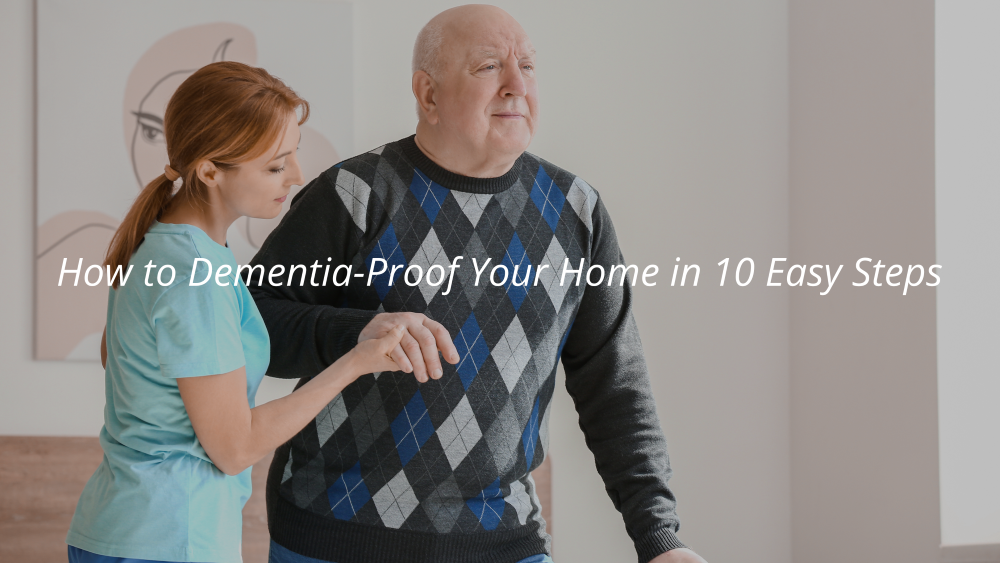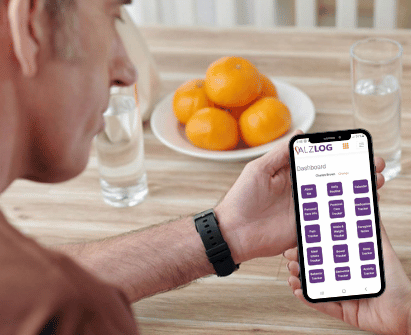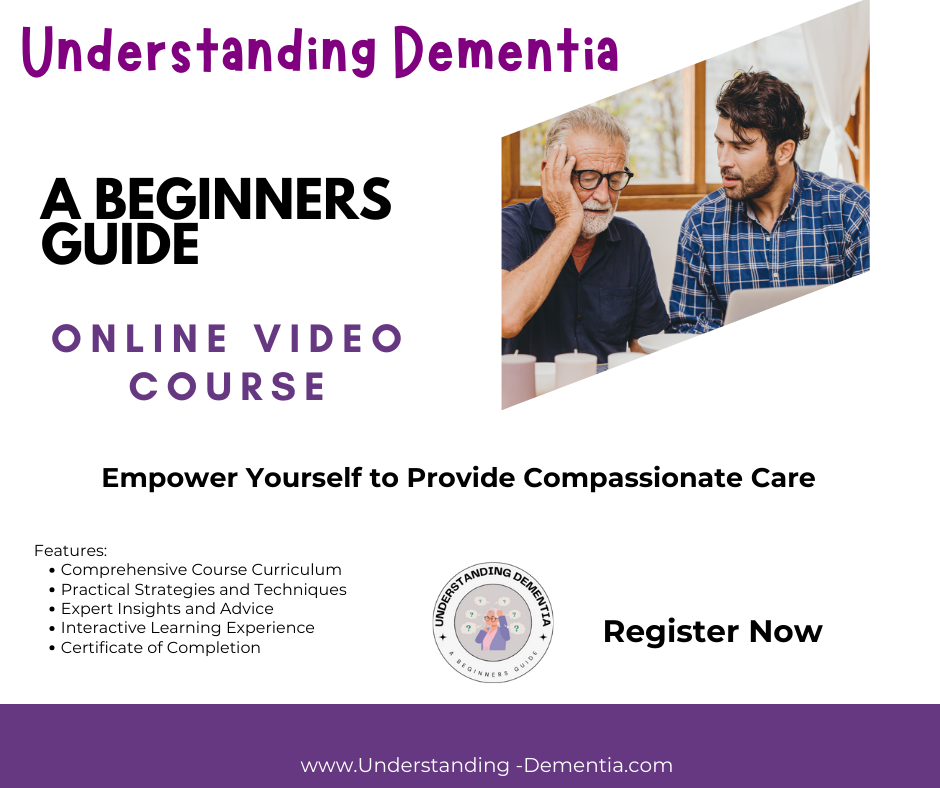Caring for someone with dementia is a journey filled with unique challenges, but ensuring their home is safe doesn’t have to be overwhelming. By making thoughtful adjustments to the living space, you can significantly reduce risks, foster independence, and bring peace of mind to everyone involved. Let’s dive into 10 simple, practical steps to dementia-proof your home—each backed with examples, real-life advice, and a caregiver story to inspire you.
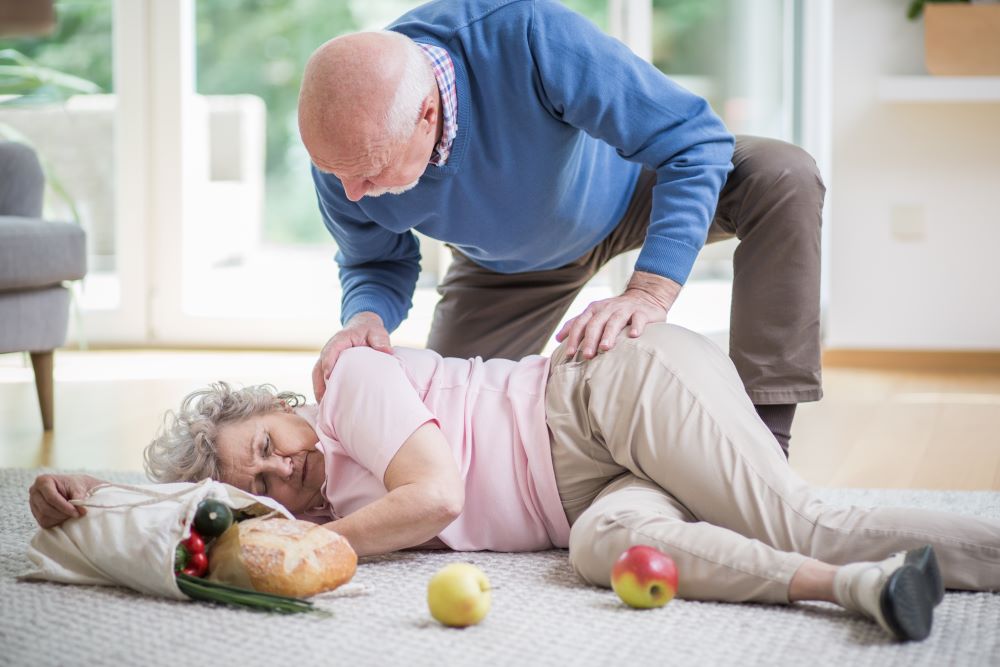
Step 1: Eliminate Tripping Hazards
Tripping hazards like loose rugs, cords, or clutter can quickly turn a safe space into a danger zone. Remove or secure rugs with non-slip backing and keep pathways clear of unnecessary items.
Example: Replace scatter rugs with larger, non-slip area rugs or floor runners. Bundle cords along the walls with cable organizers.
Story: When my neighbor Julia started caring for her dad, she didn’t realize how much his favorite rug by the couch was a fall risk. After he tripped, she swapped it for a non-slip version and noticed how much easier he moved around without hesitation.
Learn more about fall prevention HERE
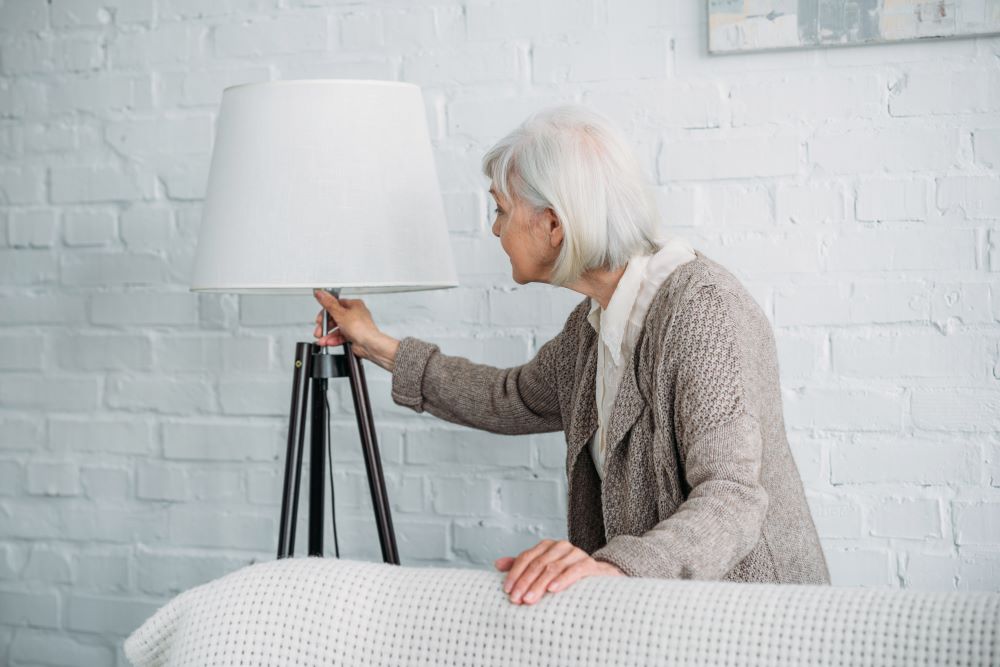
Step 2: Improve Lighting
Dementia can make it difficult to navigate poorly lit spaces, especially at night. Bright, even lighting can prevent confusion and falls.
Example: Install motion-activated lights in hallways and bathrooms. Replace dim bulbs with brighter, energy-efficient LEDs.
Story: During a visit to a caregiver’s home, I saw how a small nightlight by the bed made all the difference for her mom. She no longer woke up disoriented and stumbled toward the door.
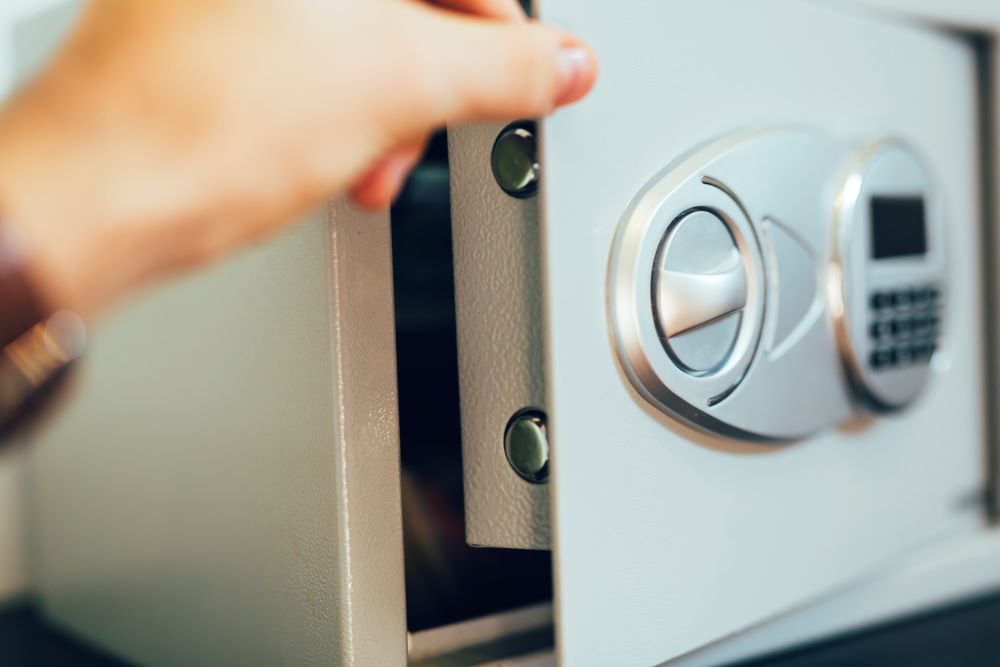
Step 3: Secure Dangerous Items
Items like medications, cleaning supplies, or sharp tools can pose risks if left accessible. Lock them away or store them out of reach.
Example: Use childproof locks on kitchen cabinets or a small safe for medications. Keep dangerous tools like scissors or lighters in a locked drawer.
Story: A caregiver, Beth, shared how her husband had mistakenly tried to eat dishwasher pods, thinking they were candy. After that scare, she moved all cleaning supplies to a locked cabinet.
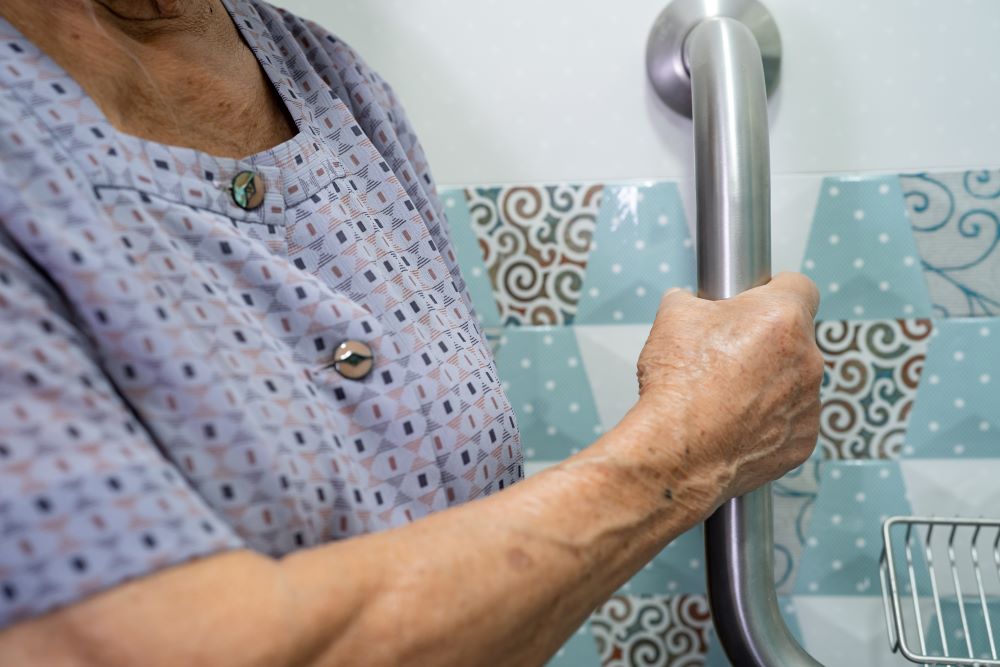
Step 4: Address Bathroom Safety
Bathrooms can be particularly hazardous. Adding simple safety tools can help prevent accidents.
Example: Install grab bars near the toilet and in the shower. Use a shower chair to help your loved one sit safely while bathing.
Story: My aunt used to refuse showers because she was afraid of slipping. Once we installed a sturdy shower chair and grab bars, she became much more willing to bathe regularly.
Learn more about bathroom safety HERE.
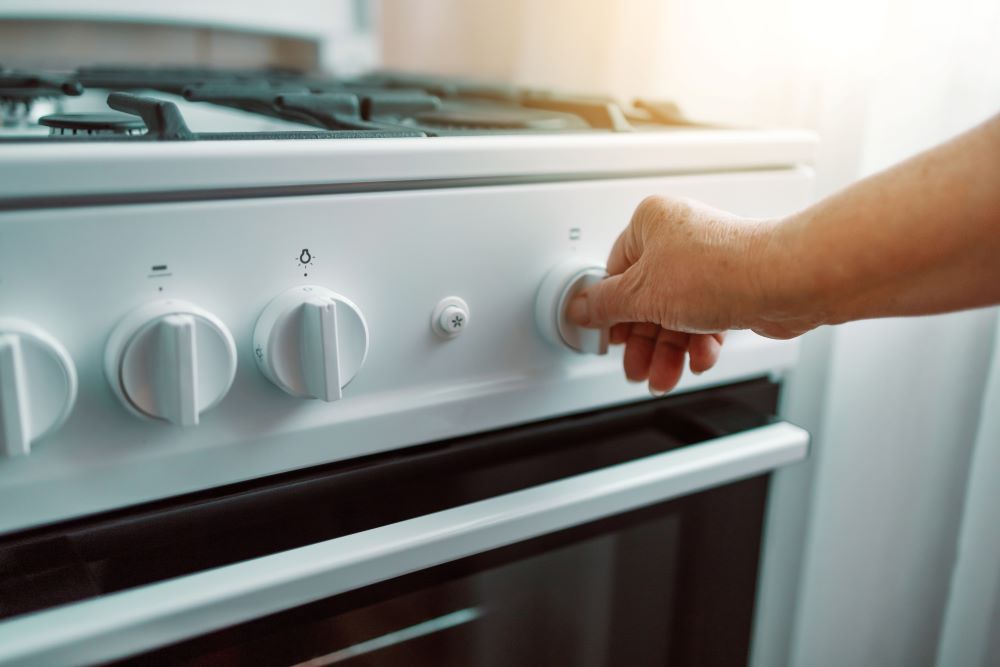
Step 5: Simplify Kitchen Safety
Kitchens are full of hazards, but smart adjustments can make them safer.
Example: Store knives and small appliances like blenders in locked cabinets. Use appliances with automatic shut-off features to prevent fires.
Story: One caregiver shared how her father accidentally turned on the gas stove without lighting it. Installing a safety knob cover prevented any further accidents.
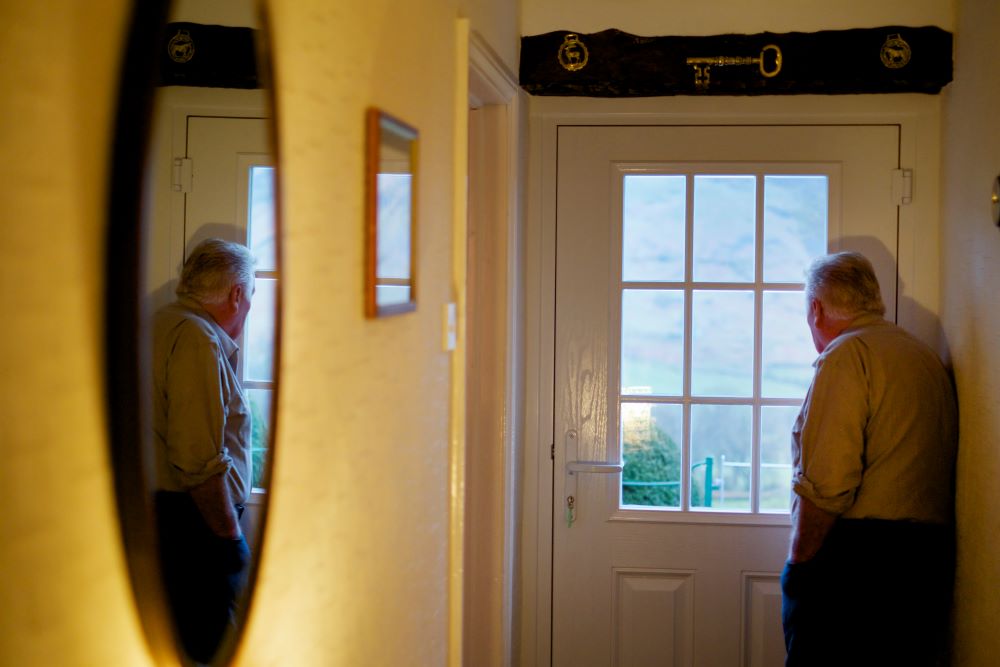
Step 6: Prevent Wandering
Wandering can happen even in familiar spaces. Creating barriers and safety measures can reduce risks.
Example: Add door alarms or locks high on doors. Use visual cues, like “STOP” signs, to discourage exiting.
Story: A caregiver in my support group installed a simple alarm on the back door after her mom wandered into the yard at 2 a.m. The alarm woke her up in time to gently guide her mom back to bed.
Find more tips on preventing wandering HERE
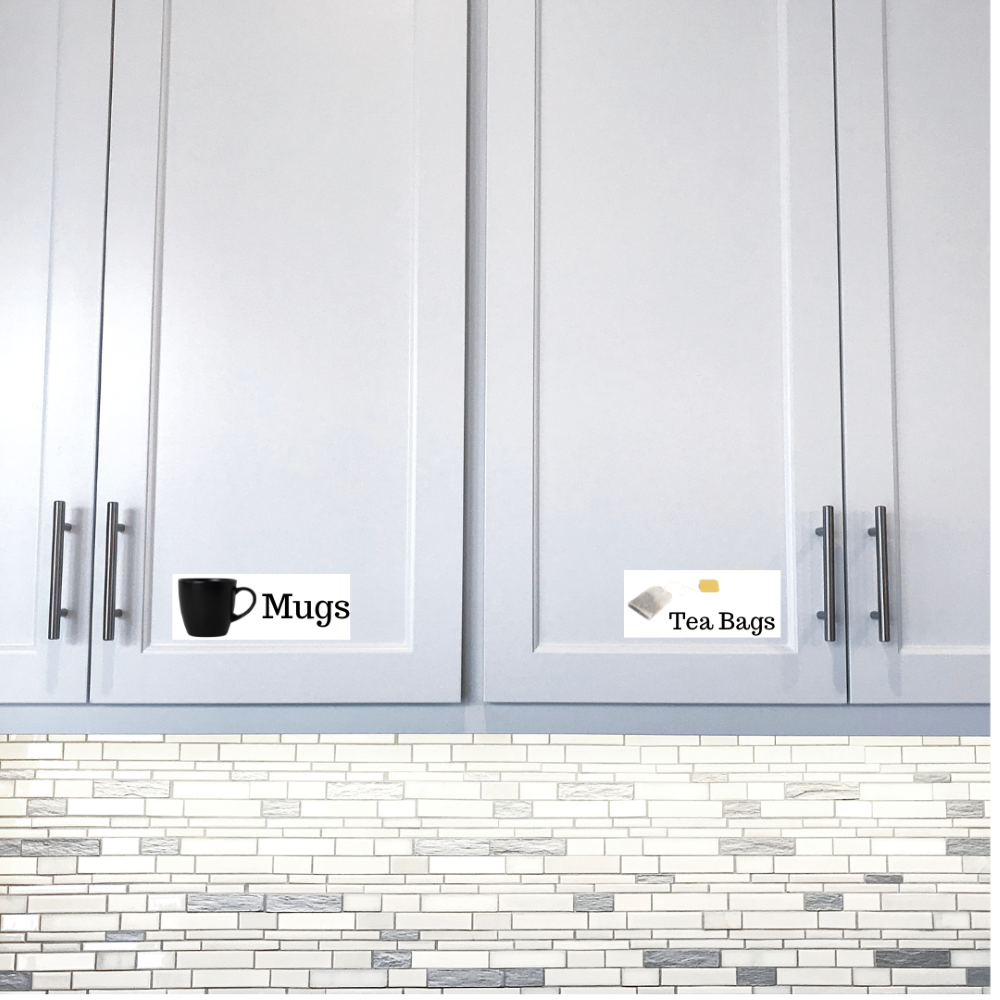
Step 7: Label and Organize
Clear labels and organization help reduce confusion and foster independence.
Example: Place picture labels on drawers and cabinets to show where items belong. Use transparent containers for easy visibility.
Story: I once visited a family where the husband with dementia loved making tea but often forgot where to find things. Adding labeled drawers for “mugs,” “tea,” and “spoons” gave him the confidence to make his own tea again.
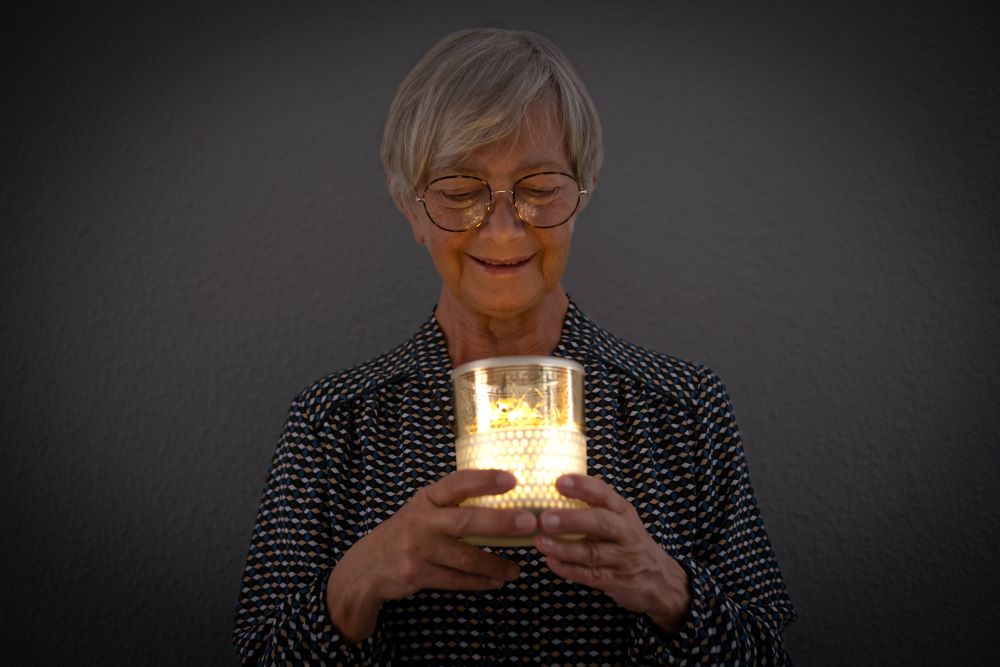
Step 8: Manage Electrical and Fire Risks
Electrical appliances and fire hazards need extra attention in a dementia-friendly home.
Example: Use outlet covers to prevent tampering. Install stove guards or automatic shut-off devices for ovens.
Story: One caregiver realized her mom was burning candles unsupervised, so she switched to flameless LED candles. Her mom loved them just as much, and they were much safer.
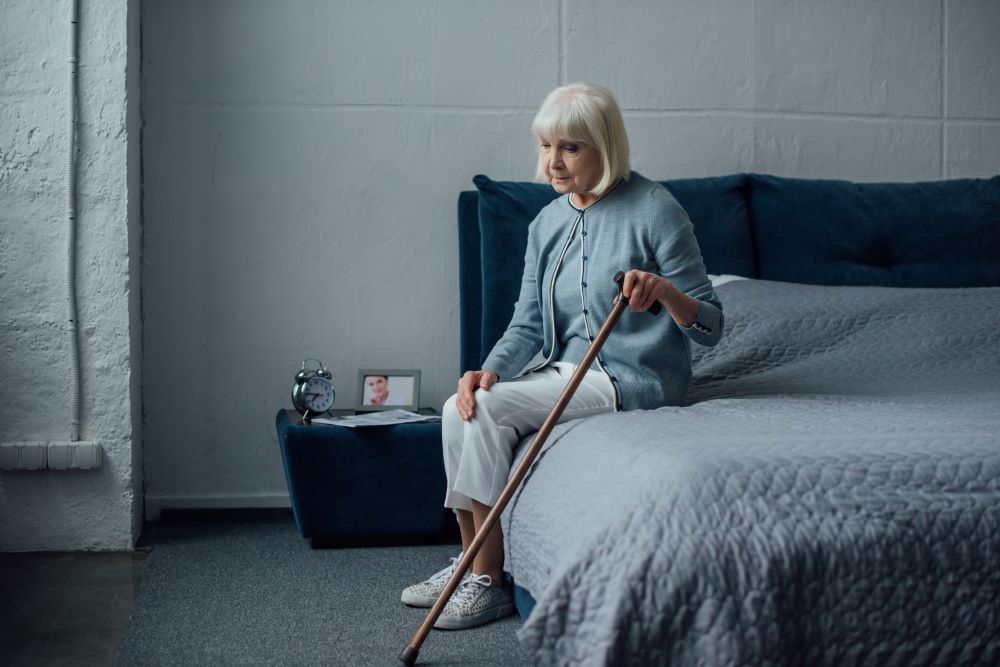
Step 9: Create a Safe Bedroom Environment
Bedrooms should be comforting and hazard-free.
Example: Lower the bed height and remove furniture with sharp corners. Use a weighted blanket to promote a sense of calm.
Story: One caregiver shared how her father, who had trouble getting out of bed at night, benefited from a bedside commode and a motion-activated light. It saved him from dangerous nighttime trips to the bathroom.
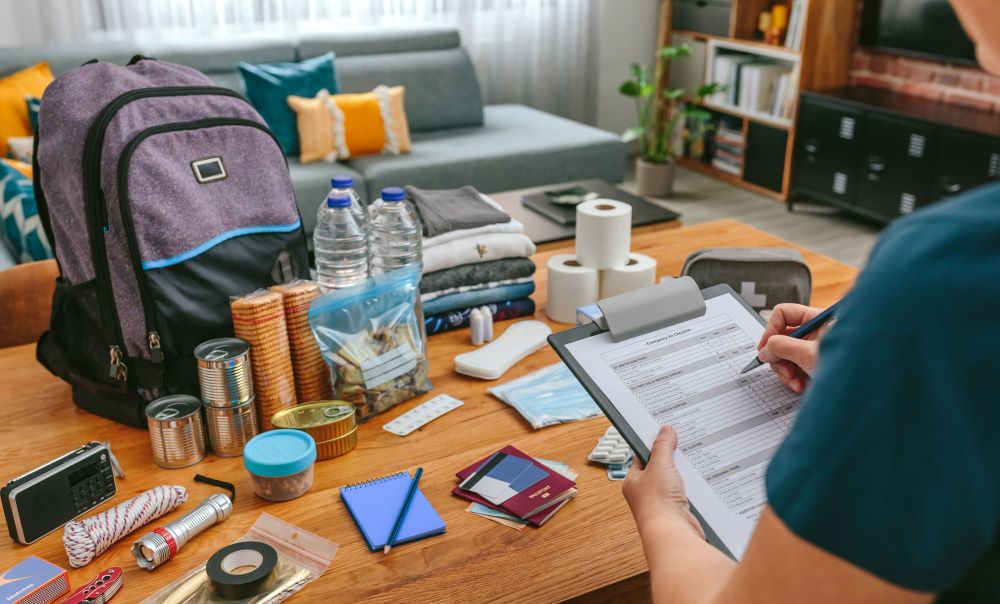
Step 10: Plan for Emergencies
Preparation is key for handling emergencies effectively.
Example: Post emergency contacts near the phone. Create a disaster kit with water, medications, and essential supplies.
Story: After a hurricane, one family learned the importance of keeping extra batteries and medications on hand. They now have a designated emergency box with everything ready to go. FInd out more about what should be in your emergency bag HERE.
Conclusion:
Dementia-proofing your home doesn’t have to be complicated. By making these 10 small changes, you can create a safer, more supportive environment for your loved one. Start with the most pressing issues and work your way through the list at your own pace.
Learn more about understanding dementia HERE and find more on Dementia safety in the home HERE.
Bonus Tip: Download our free Dementia Home Safety Checklist to ensure your home is ready for any challenge. Remember, you’re not alone on this journey—every small step you take makes a big difference.
Hi, I'm Larea, I am a Registered Nurse specializing in Dementia Care, with 30 years of experience supporting dementia patients and their families. Over the years, I have provided care in diverse settings, including homes, hospitals, nursing homes, assisted living facilities, and hospice. My passion is guiding caregivers, sharing my knowledge and experience to help them navigate the challenges of dementia care with confidence and compassion.

